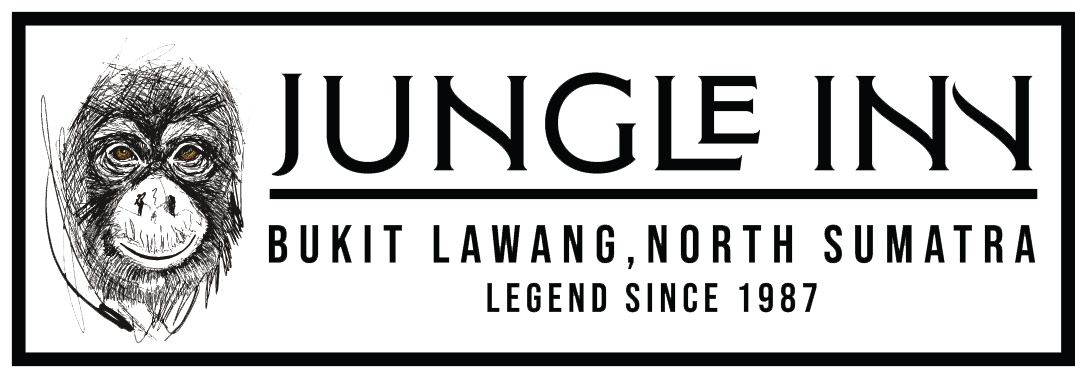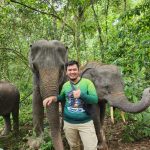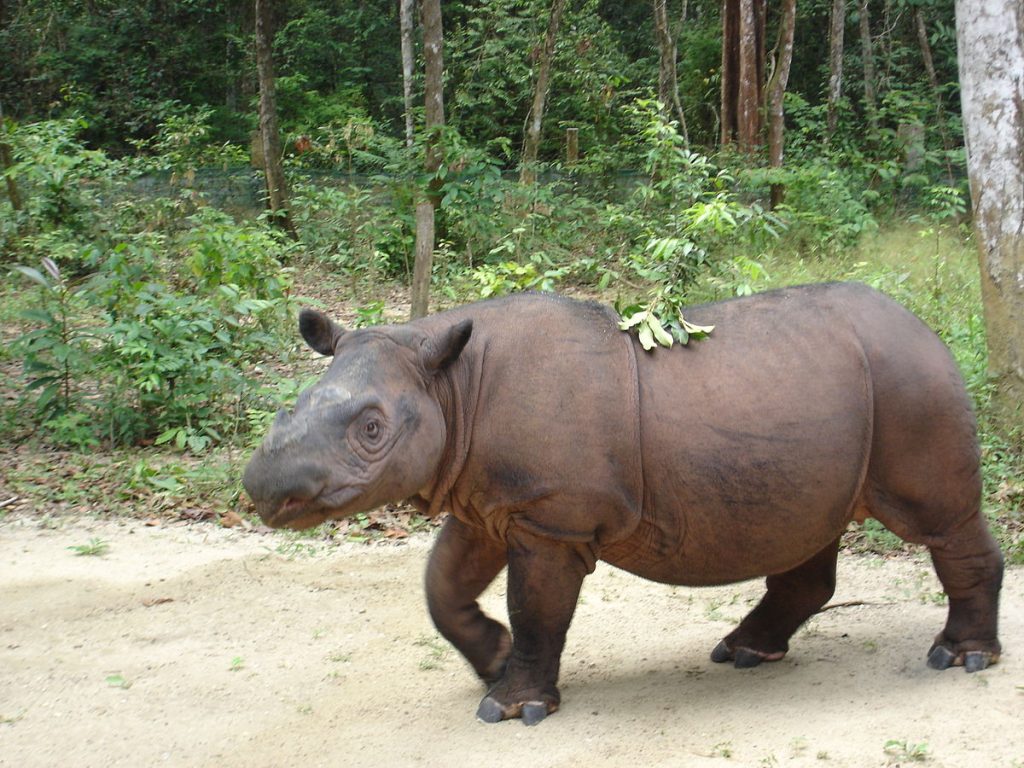Thomas’s Langur, also known as the Thomas Leaf Monkey, is a species of primate that belongs to the Colobinae subfamily, which is commonly found in the forests of Southeast Asia. These langurs are named after the British zoologist Oldfield Thomas, who described the species in 1892.
They are known for their striking appearance, with their distinctive black and white fur and long tails. Thomas’s Langurs are an arboreal species and spend most of their time in trees, feeding on leaves, fruits, and flowers. Despite their unique appearance and interesting behavior, these langurs are considered a vulnerable species due to habitat loss and hunting.
Thomas’s Langur, exploring their behavior in the Jungle

These graceful primates are known for their striking appearance and distinctive vocalizations, making them a fascinating subject of study for scientists and nature enthusiasts alike. In this article, we’ll delve deeper into the behavior of Thomas’s Langurs, exploring their social structure, vocal communication, and more.
1. Social Structure
Thomas’s Langurs are highly social animals, living in groups of up to 20 individuals. These groups are led by a dominant male, who is responsible for protecting the group from potential predators. The dominant male also mates with the females in the group, ensuring the survival of the species.
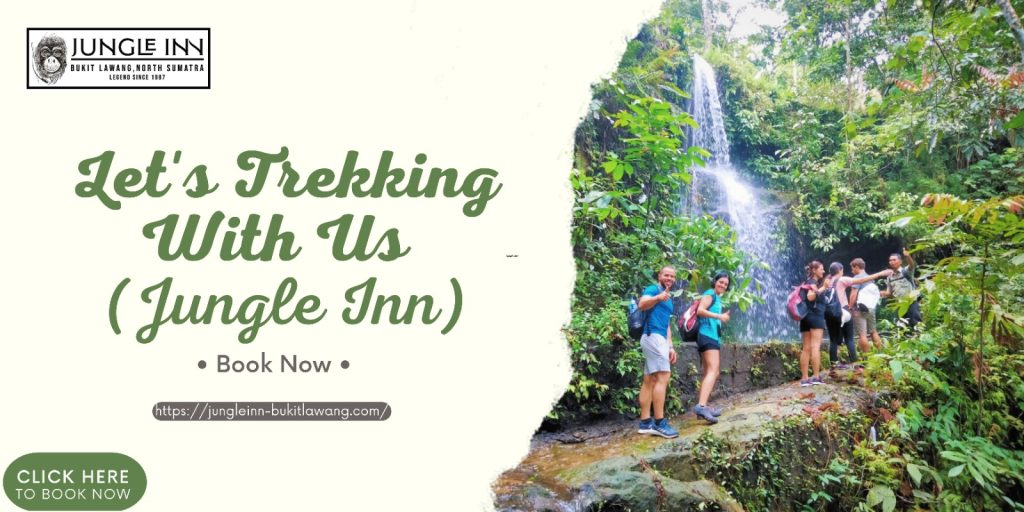
However, Thomas’s Langurs also exhibit a high degree of social cooperation. They engage in mutual grooming, which helps to establish social bonds and maintain hygiene. Additionally, they share food and watch over each other’s young, demonstrating a strong sense of community within the group.
2. Vocal Communication
One of the most interesting aspects of Thomas’s Langur behavior is their vocal communication. They use a variety of calls to communicate with one another, including barks, grunts, and screams. These calls have different meanings and are used in a variety of contexts.
For example, Thomas’s Langurs use a long-range call, known as a “whoop,” to communicate with other groups in the area. This call helps to establish territorial boundaries and avoid conflict between groups.
Also read : 10 Best Things to Do in Berastagi for an Unforgettable Experience
They also use calls to warn each other of potential danger, such as the presence of predators. Researchers have observed that Thomas’s Langurs can differentiate between different types of predators, using different calls for snakes, eagles, and other threats.
3. Facial Expressions
In addition to vocal communication, Thomas’s Langurs also use facial expressions to convey meaning. They have a range of facial expressions, including open-mouthed threats, lip-smacking, and eye movements.
For example, when a subordinate member of the group approaches the dominant male, they may use a submissive facial expression to avoid conflict. This involves lowering their head, avoiding eye contact, and exposing their neck.
Thomas’s Langurs are a highly social species of primate with complex vocal and non-vocal communication systems. Their social structure and cooperation demonstrate a strong sense of community, while their vocalizations and facial expressions enable them to navigate their environment and avoid potential threats. As with many species of primates, habitat loss and hunting pose a significant threat to the survival of Thomas’s Langurs, highlighting the importance of conservation efforts to protect these graceful primates and their unique behaviors.
Thomas’s Langur, Get to Know Their Habitat Conservation Status

These graceful primates are an important part of their ecosystem, playing a crucial role in seed dispersal and contributing to the overall health of the forest. In this article, we’ll take a closer look at the habitat of Thomas’s Langurs, exploring the unique features of their jungle environment and their conservation status.
1. Habitat Characteristics
Thomas’s Langurs are found in the forests of Southeast Asia, including Indonesia, Malaysia, and Thailand. They are primarily arboreal, meaning they spend most of their time in trees. Their long, slender limbs are well-suited for leaping from branch to branch, and they are able to move quickly through the canopy of the forest.
The dense jungle environment provides a range of resources for Thomas’s Langurs, including food and shelter. They primarily feed on leaves, fruit, and flowers, and can often be seen foraging for food in the treetops. The jungle also provides shelter from predators, such as eagles and large cats, as well as from extreme weather conditions.
2. Conservation Status
The conservation status of Thomas’s Langur is currently listed as Endangered on the IUCN Red List. This is due to the significant threats facing their habitat and population, including deforestation, hunting, and climate change.
Deforestation and land conversion for agriculture and mining are major threats to their survival, as these activities destroy their natural habitat and reduce the availability of food and shelter. Additionally, hunting for meat and traditional medicine has also contributed to their declining numbers.
Climate change is also a growing threat to the habitat of Thomas’s Langurs. Increasing temperatures and changing rainfall patterns can disrupt the delicate balance of the forest ecosystem, affecting the availability of food and water for these primates.
Also read : Sumatran Orangutans : Orangutan Sanctuary in Bukit Lawang
3. Conservation Efforts
Efforts are being made to protect the habitat of Thomas’s Langurs and ensure their survival. These efforts include the establishment of protected areas and education campaigns for local communities. These initiatives aim to reduce hunting and promote sustainable land use practices, helping to preserve the delicate balance of the forest ecosystem.
One such initiative is the Sumatran Orangutan Conservation Programme (SOCP), which works to protect both orangutans and other primates, including Thomas’s Langurs. SOCP has established a reintroduction program for confiscated or rescued primates, which aims to release them back into the wild and monitor their progress.
So, the jungle habitat of Thomas’s Langurs is a unique and vital part of their survival. The dense forest provides food, shelter, and protection from predators, making it a crucial part of their ecosystem. However, human activities and climate change pose significant threats to their habitat and overall survival. Conservation efforts are crucial to ensure the preservation of their natural habitat and the survival of these graceful primates for future generations.
Bukit Lawang Jungle Trekking: Best Place to See Thomas’s Langur
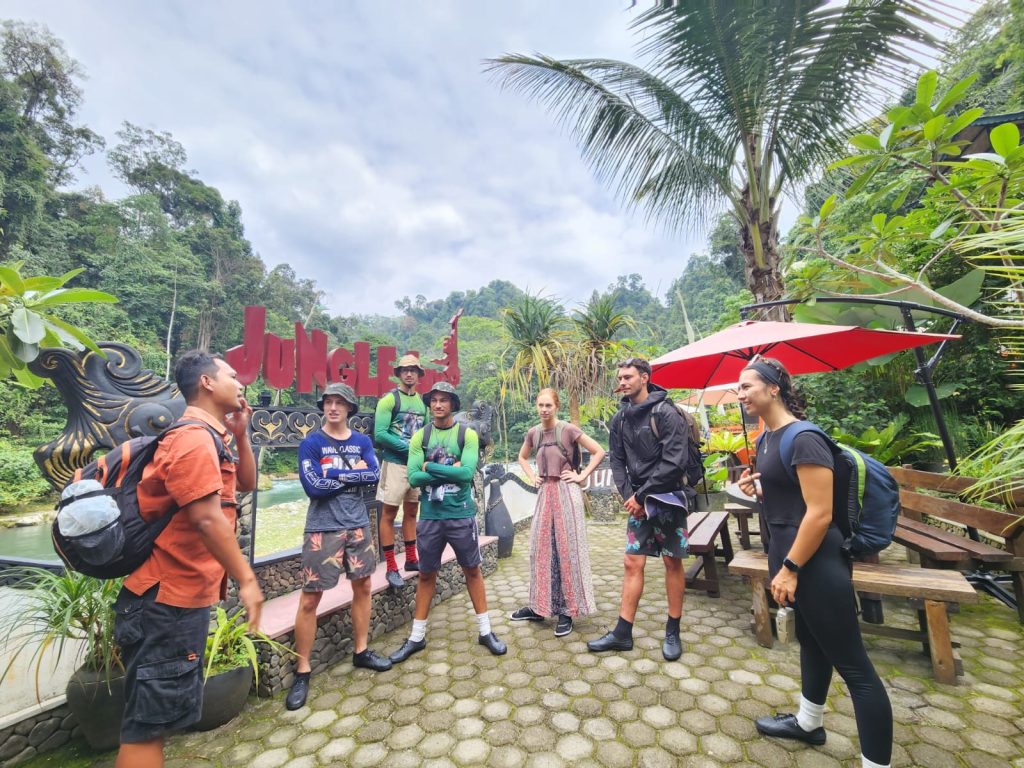
Bukit Lawang is a small village located in the Gunung Leuser National Park in North Sumatra, Indonesia. It is the best place to see the critically endangered Thomas’s Langur in its natural habitat. Bukit Lawang offers an unforgettable jungle trekking experience, where visitors can immerse themselves in the lush green forests and stay at a Jungle Inn, providing a unique and authentic experience in the heart of the jungle.
Trekking in Bukit Lawang
The Gunung Leuser National Park is a vast protected area, covering over 7,927 square kilometers, with dense forests, rivers, and mountains. Bukit Lawang is a popular starting point for jungle trekking, with various options available depending on the level of difficulty and duration.
The most popular trek is a two-day trek that includes an overnight stay at a Jungle Inn. Visitors can witness the stunning views of the jungle and river, spot a variety of wildlife, including orangutans, Thomas’s Langur, gibbons, and various bird species. Experienced guides lead visitors through the jungle and provide insights into the flora and fauna of the park.
Thomas’s Langur
One of the highlights of trekking in Bukit Lawang is the opportunity to see the critically endangered Thomas’s Langur in its natural habitat. The species is endemic to the Sumatra Island and is one of the rarest primates in the world.
Thomas’s Langur has a unique appearance with a black and white coat and distinctive whiskers. They are primarily arboreal and can be spotted leaping from branch to branch in the treetops. The species is important for seed dispersal and plays a crucial role in the health of the forest ecosystem.
Staying at Jungle Inn – Bukit Lawang
Staying at a Jungle Inn is a unique and authentic way to experience the jungle. These accommodations are situated deep in the forest and provide a peaceful escape from the hustle and bustle of modern life. Jungle Inns offer basic but comfortable accommodations with traditional Indonesian architecture.
Jungle Inn provides visitors with the opportunity to connect with nature and experience the sights and sounds of the jungle. Guests can enjoy meals made with fresh, locally sourced ingredients and relax in the peaceful surroundings.
Also read : 7 Monkey Species You Can Encounter on Your Jungle Adventure in Bukit Lawang
Conservation Efforts
Bukit Lawang and Gunung Leuser National Park are crucial for the conservation of the Sumatran rainforest and its wildlife. The park is home to over 300 bird species and 10 primate species, including the critically endangered Sumatran orangutan and the Thomas’s Langur.
Efforts are being made to protect the habitat of these endangered species through conservation initiatives, such as anti-poaching patrols, reforestation projects, and ecotourism programs. By supporting ecotourism programs, visitors can contribute to the conservation efforts and help ensure the long-term survival of the park’s unique wildlife.
Bukit Lawang trekking is a unique experience that allows visitors to witness the beauty and diversity of the Sumatran rainforest and its wildlife, including the critically endangered Thomas’s Langur. Staying at a Jungle Inn provides an authentic jungle experience and the opportunity to connect with nature. Bukit Lawang is not just a beautiful destination, but also a conservation success story, showcasing how tourism can contribute to the protection of natural resources and wildlife.
Conclusion
In conclusion, Thomas’s Langur is a fascinating and graceful primate that inhabits the dense jungles of Southeast Asia, including North Sumatra. Their unique features, including their arboreal nature and foraging habits, make them an important part of the forest ecosystem.
However, their habitat and population are facing significant threats, including deforestation, hunting, and climate change. It is important to raise awareness and implement conservation efforts to protect their habitat and ensure the survival of these beautiful primates for generations to come. By understanding and appreciating the value of these creatures, we can work towards a more sustainable future for both humans and wildlife alike.
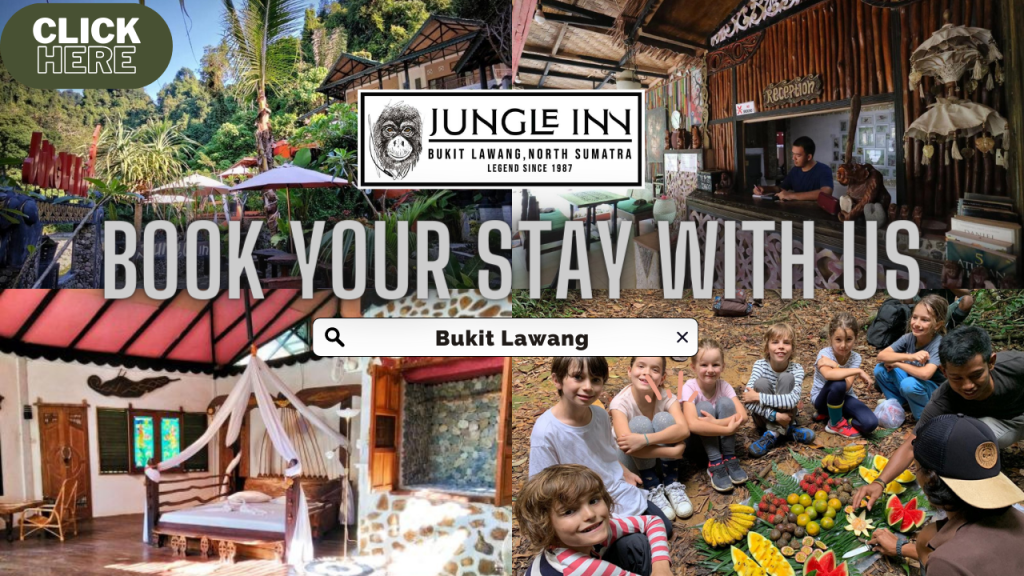
Alfath Dewantara (Alde) is a passionate advocate for Bukit Lawang and Indonesian travel. As a manager of Jungle Inn & Restaurant, Alde is dedicated to providing guests with an unforgettable experience.

